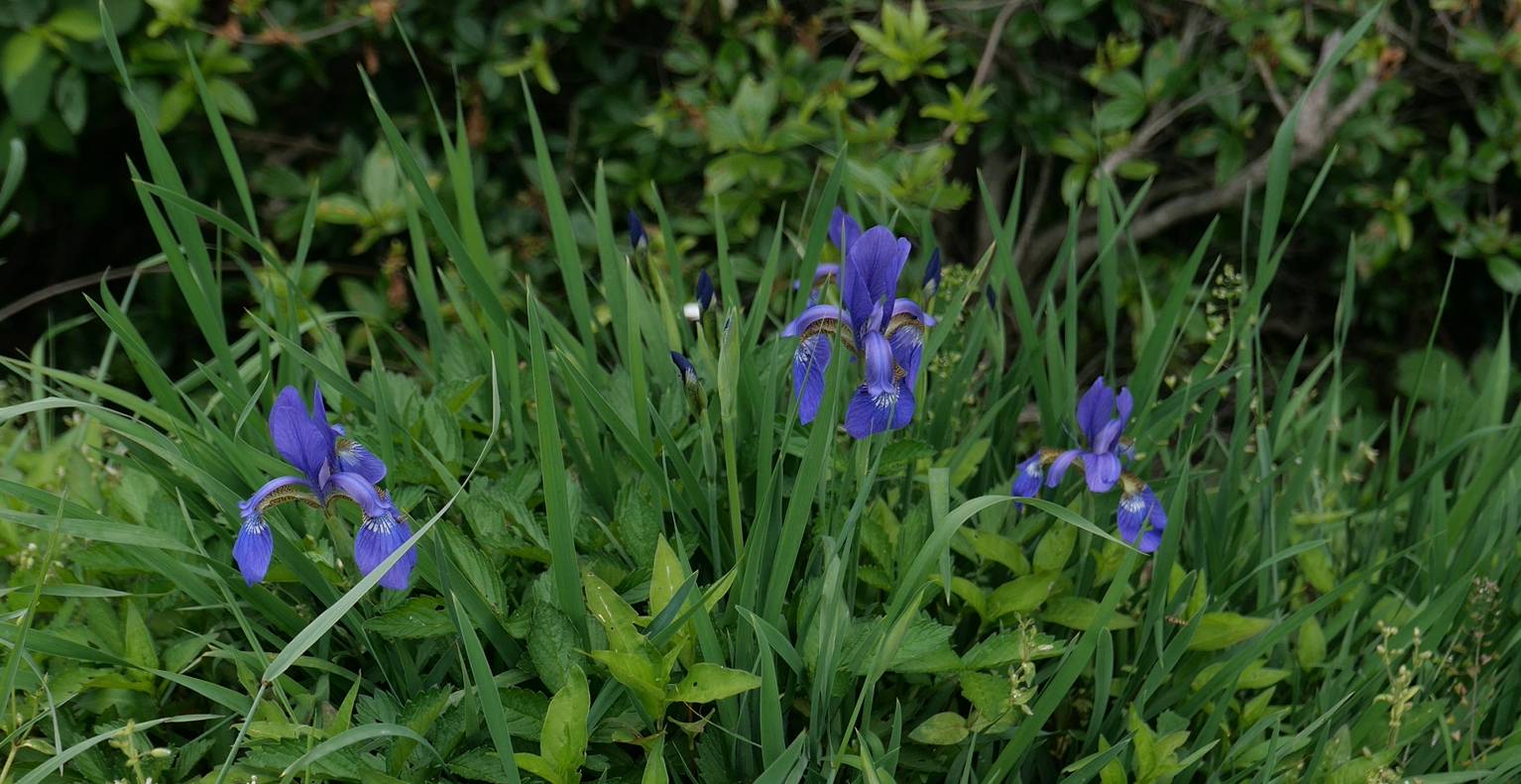
Northeastern Asian Flora
|
|
|
|
Family: Iridaceae
[Iris extremorientalis Koidz., more] |
|
Development supported by College of Agriculture and Life Sciences of Seoul
National University and Korea National Arboretum of Korea Forest Service.
National University and Korea National Arboretum of Korea Forest Service.
Powered by Symbiota.







